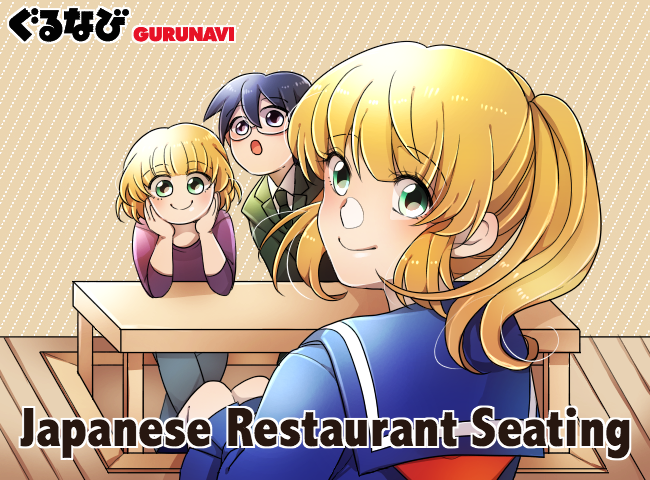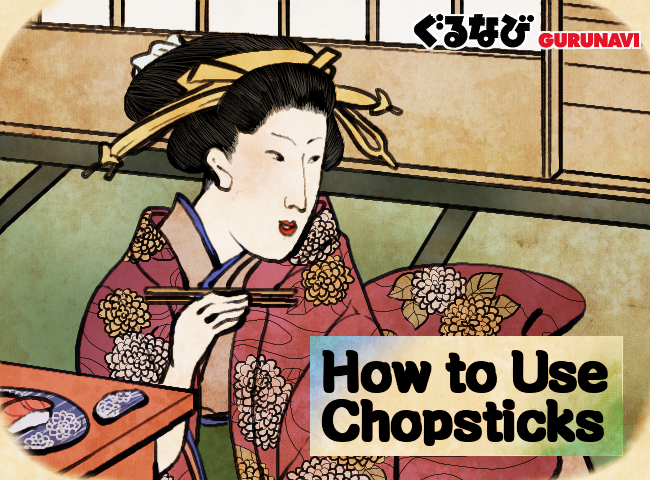Sumo Diet & Lifestyle: The Chunkiest of Chanko Nabe


Sumo wrestling has a long, storied history, with unique rituals that have roots in old Shinto traditions. Today, top sumo wrestlers in Japan still have a celebrity status, and are commonly recognized wherever they go. Although Japan is the only country where sumo wrestling is practiced professionally, the sport is growing in popularity around the world, and has taken hold in countries like Mongolia and Bulgaria. In fact, since 2003, the highest ranking sumo wrestlers, known as the “yokozuna”, have all been non-Japanese.
Perhaps the most distinguishing feature of sumo wrestling is the physique of competitors—the average weight of a sumo wrestler is 148 kg. To get to and retain this size, as well as keep strong and stay fit, they follow a strict diet and lifestyle.
A Day in the Life of Sumo—Training, Naps & 20,000 Calories
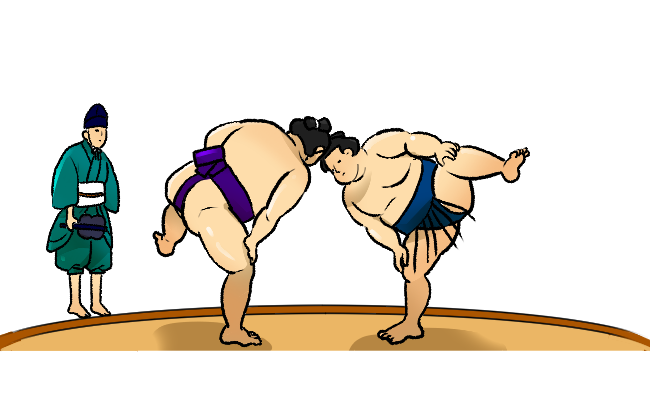
Becoming a sumo wrestler isn’t easy. Professional sumo wrestlers live in training houses known as stables, where their ranks are split between the junior and senior wrestlers. There, they follow a rigorous training regimen, exercising from the early morning. Junior wrestlers must do chores around the stable in addition to their training. There are also strict rules for wrestlers to follow when they venture outside the training stable, from how they act to what they wear.
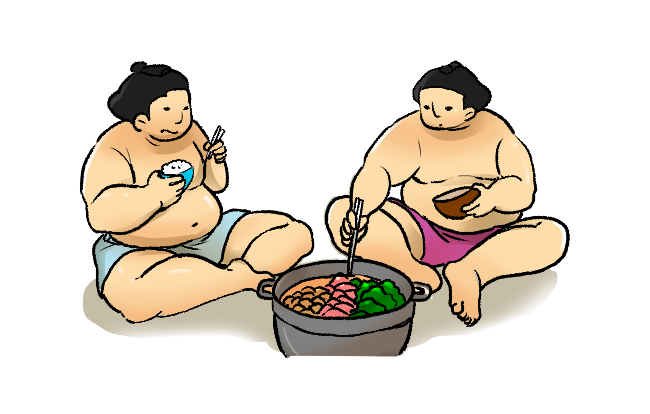
A sumo’s massive bulk is made up of not only fat but a ton of muscle, and because wrestlers are not divided into separate weight classes, the heaviest wrestlers typically have an advantage. In order to achieve the size needed for competition, sumo must consume around 20,000 calories day—nearly 10 times the daily average for an adult male. This is broken into two 10,000 calorie meals, where wrestlers dine together around one large communal dish, as group dining is believed to encourage eating more.

Sumo also use various methods to slow down their metabolism and pack on the pounds, such as skipping breakfast, eating fewer meals, and taking a long nap after a big lunch and going to bed after a late dinner. Eating late in the day and going to bed on a full stomach also help contribute to weight gain.
On the Menu for Sumo: Chanko Nabe Everyday
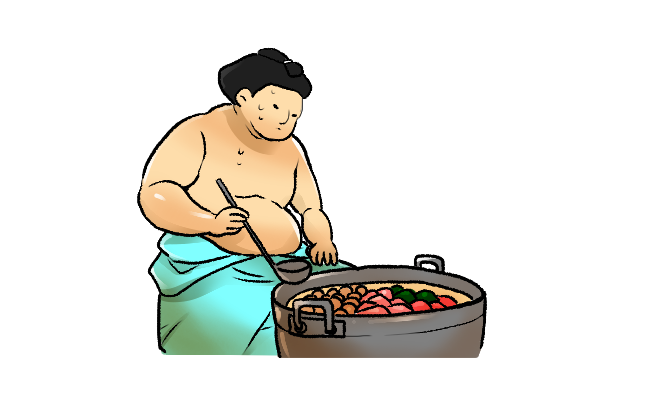
To meet the strict calorie requirements, sumo wrestlers typically eat a Japanese hot pot dish known as “chanko nabe”. It consists of plenty of protein—with fish, meat, and tofu all together in one giant pot—as well as lots of vegetables and a broth of dashi, soy sauce, mirin, sake and salt. Chicken is a popular protein for chanko nabe as the animal stands on two feet like a sumo wrestler, unlike fish, pork, or beef.
The nabe is prepared by the sumo, and then eaten in a group, with large amounts of rice on the side (anywhere from five to six bowls, and as many as ten!), plus several pints of beer. After all the ingredients are eaten, udon noodles may also be added to the nabe broth for some additional carbs and calories.
Each training stable has its own recipe for chanko nabe and many retired sumo wrestlers go on to open their own chanko nabe specialty restaurants, the best ones being located around the “sumo town” of Ryogoku in Tokyo.
How to Cook Chanko Nabe like a Sumo
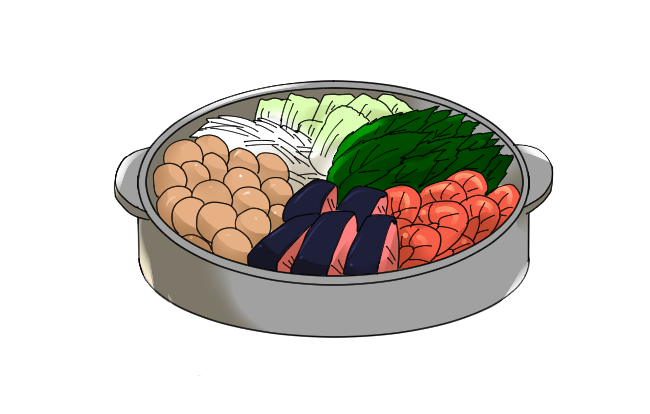
Even if you can’t make it to Ryogoku, however, you can always enjoy your own chanko nabe at home. You’ll need broth, meat, vegetables, and a big pot to cook everything in.

Japanese hot pot is traditionally cooked in a clay pot called a donabe or a thick cast-iron pot called a tetsunabe. Fill the pot with your choice of broth and bring to a boil. Then add the vegetables—carrots, onion, Japanese leek, garlic chives, mushrooms, and napa cabbage are all good options. Next, add the protein. Chicken meatballs are popular, but you can also add chicken thighs, pork belly, and fish cakes—the more protein, the better! Cover hot pot and allow it to simmer until the meat is cooked through, then lower the heat and add cubes of tofu, cooking gently so the tofu doesn’t fall apart. Make sure to invite some friends over so you can sit around a big communal dish and enjoy eating chanko nabe together, with plenty of rice and beer.
Tasty and Nourishing, Chanko Nabe Is Not Just for Sumo!
You don’t need to be a sumo wrestler to enjoy the deliciousness of chanko nabe or just Japanese hot pot in general. Check out these restaurants where you can try authentic sumo wrestler nabe in Japan: https://gurunavi.com/en/rs/srh/?word=&word2=sumo





